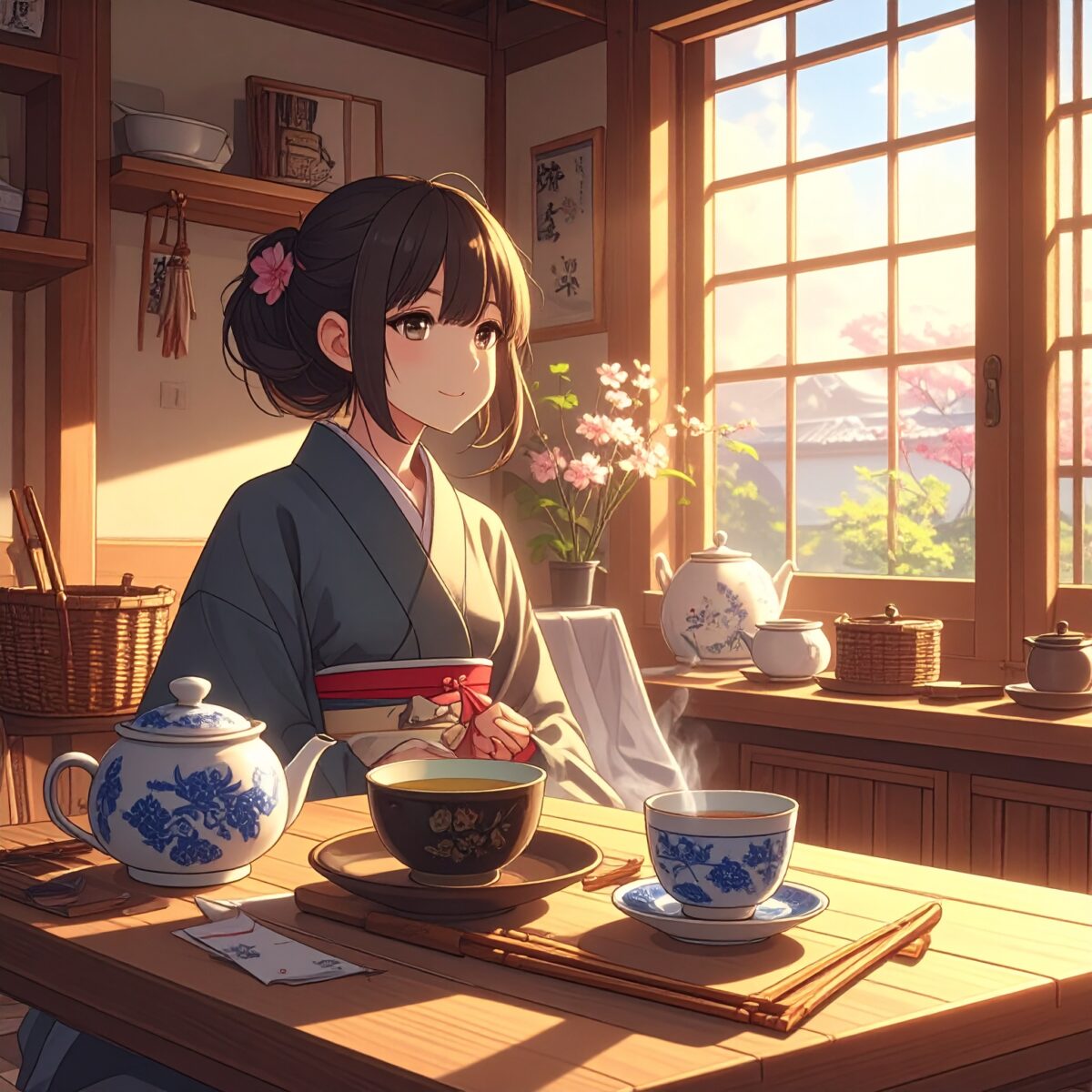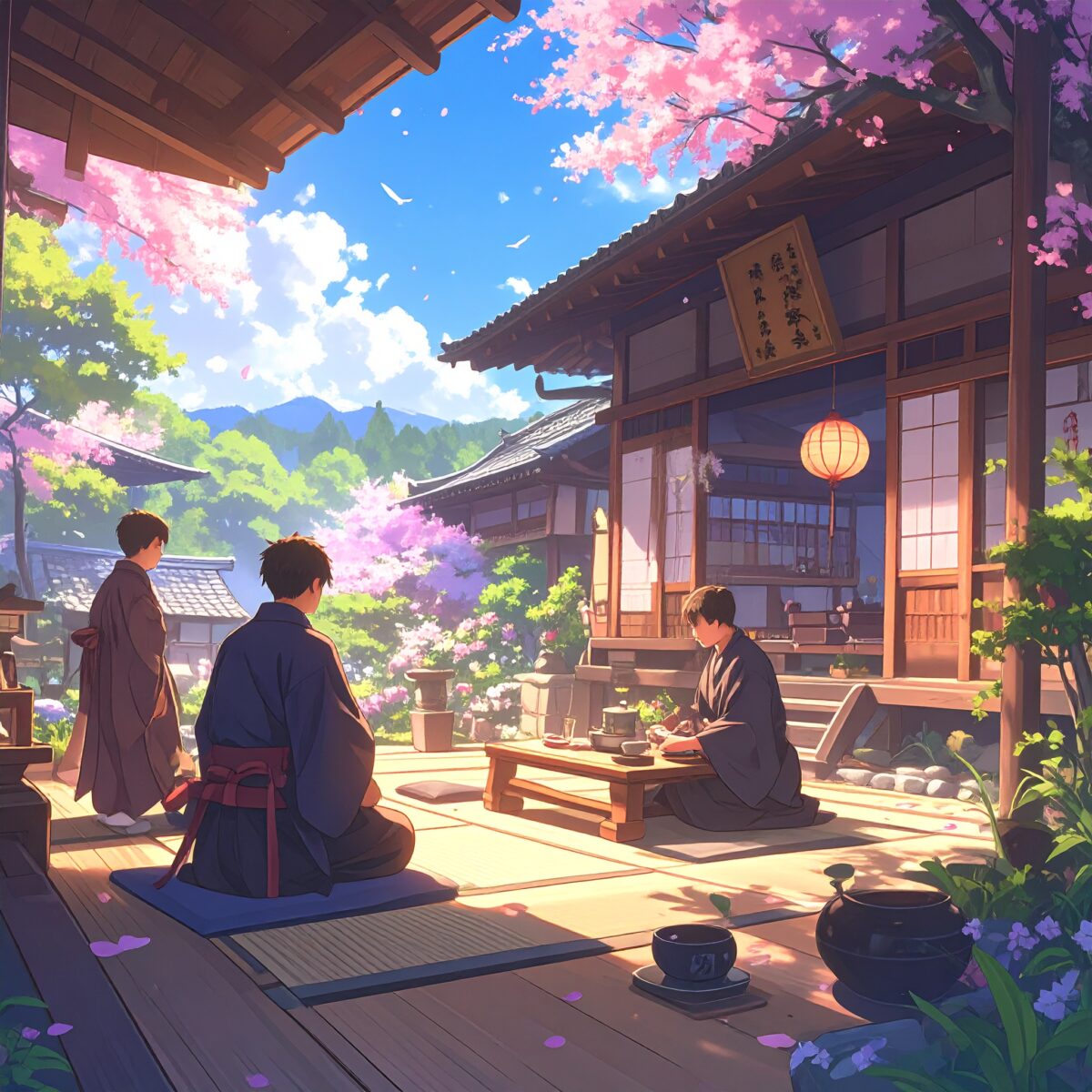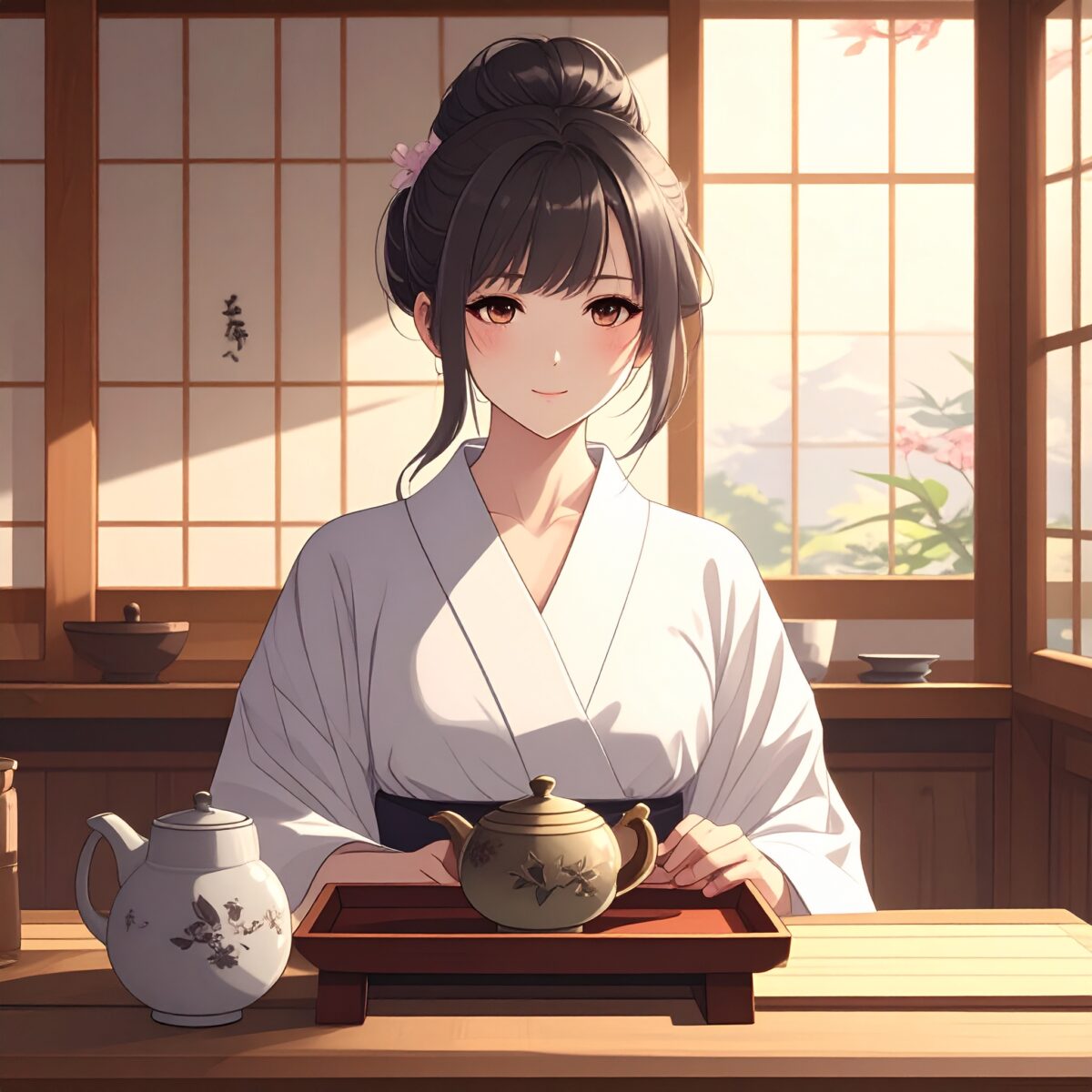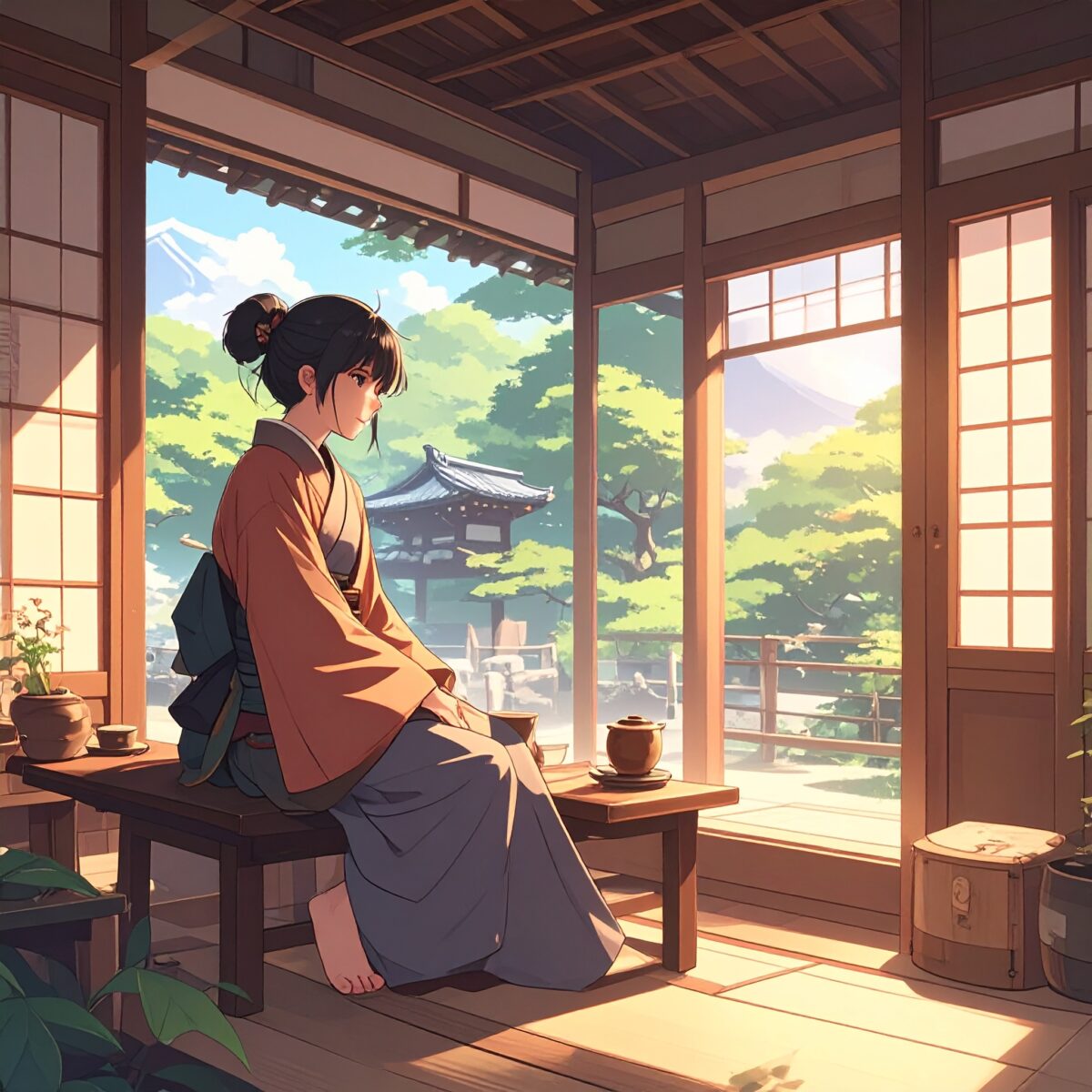Embracing Light in Cloth — The Art of Japanese Textiles and Dye
In Japanese life, fabric breathes quietly alongside us. From the kimono worn on the body, to the noren curtains that gently frame a window, the furoshiki that wrap gifts, and the cloths laid at the table—these are all tools of everyday living, yet each carries a quiet...
A Single Sheet of Washi, Bearing a Millennium of Memory
Imagine holding a single sheet of paper in your hand—one that carries with it the memory of over a thousand years. How would we treat it, knowing its quiet weight of history? Japanese washi is far more than a material for writing. Each fiber weaves together nature,...
Every Piece Holds a Story — Tradition, Reimagined
Japanese traditional crafts carry a quiet strength—the ability to protect the past while gently looking toward the future. Even within techniques passed down over centuries, not everything remains unchanged. The selection of materials, the shaping of forms, the...
Crafted by Hand, Speaking in Silence — The Voice of Japanese Tools
In Japanese life, there are tools that dwell quietly. They are neither showy nor luxurious, yet their beauty reveals itself over time. As they are used, they begin to feel at home in the hand and gradually become part of daily life. Many of these tools are born from...
Timeless Craftsmanship, Everyday Beauty
Across Japan, there are artisanal techniques that have been handed down for over a hundred years—sometimes even longer. Pottery, textiles, lacquerware, metalwork, and woodworking. In each region, these crafts have been nurtured in harmony with the local climate and...
A Quiet Luxury, Crafted by Hand and Time
Modern life is defined by speed. With a single tap on a smartphone, we can have what we want instantly. We’ve come to expect quick results, and waiting feels unnatural. Yet, somewhere deep within, we remain drawn to things that are made slowly—crafted with care,...
The Beauty of Utility: Craftsmanship Rooted in Everyday Life
In Japan, there exists a unique aesthetic ideal known as “yo no bi”—the beauty of use. Rather than pursuing ornate decoration, this philosophy finds beauty within the act of use itself. It suggests that true beauty resides not in objects meant for display, but in the...
The Way of Culture: The Spiritual Discipline Shared by Kendo, Tea Ceremony, and Calligraphy
Japanese traditional culture is rich with disciplines that bear the suffix “dō”, meaning “the way.” Kendo (the way of the sword), chadō (the way of tea), shodō (the way of calligraphy), judō (the way of flexibility), and kadō (the way of flowers) are more than arts or...
The Custom of “Rei”: A Cultural Framework for Maintaining Social Harmony
One of the key elements that supports interpersonal relationships in Japanese society is the concept of rei. The character appears in many expressions—reigi (etiquette), reisetsu (decorum), reijō (thank-you letter), and reihai (worship)—revealing just how deeply it is...
Faith in Everyday Life: Expressions of Shinto and Buddhism in Japanese Daily Living
In Japan, faith is not confined to places of worship—it is naturally woven into daily life. Shinto and Buddhism, the two major spiritual traditions in Japan, are not strictly defined by religious dogma or obligations. Instead, they gently support the lives of...
The Value of Stillness: Inner Richness Reflected in Noh and the Tea Ceremony
When encountering Japanese culture, one of the first things many people notice is its profound stillness. This stillness is not merely the absence of sound—it is a presence, an atmosphere shaped by restraint, subtlety, and an appreciation for space and silence. It...
The Spirit of Coexistence in Japanese Culture: Harmony Among Nature, Deities, and Humanity
Japanese culture embraces a unique worldview in which nature, deities, and human beings are inextricably connected. It reflects a deep respect for nature, a quiet reverence for the divine, and a sense that daily life exists in harmony with both. Rather than a mindset...
Lessons from Wabi-Sabi: The Essence of Japanese Aesthetics and Spirituality
One of the most frequently referenced concepts when discussing Japanese aesthetics is wabi-sabi. Though wabi and sabi each have distinct meanings, together they express a deeply rooted sensibility in Japanese culture—a unique perception of beauty and spirituality....
Hare and Ke: Understanding Japanese Perceptions of Time Through Festivals and Everyday Life
In Japan, there exists a traditional way of perceiving time known as hare and ke. Hare refers to special, extraordinary days—moments outside the everyday routine—while ke represents the ordinary, day-to-day life. By moving between these two states, people have long...
The Power of Unspoken Communication: Exploring Japan’s “Sassuru” Culture and Its Roots
In Japan, it is often seen as a virtue to understand each other without the need for explicit words. Expressions like “you should just know” or “read the air” are not merely sayings—they represent a cultural foundation that quietly supports interpersonal...



















